In order to be able to control the activities of organizations specializing in the production and sale of alcohol, the state has developed a code for alcoholic beverages in EGAIS. In decoding, this means - "a unified state automated information system." Today we will talk about the codes of this system and find out what they can mean.
System participants and exceptions to it
According to the Federal Law of June 29, 2015, all organizations having a turnover of at least 3,000,000 liters a year are required to be members of the EGAIS. This also applies to low-school drinks such as beer, mead, poire and cider. Not only large dealers fall under the automated system, but also smaller companies, and even individual entrepreneurs.
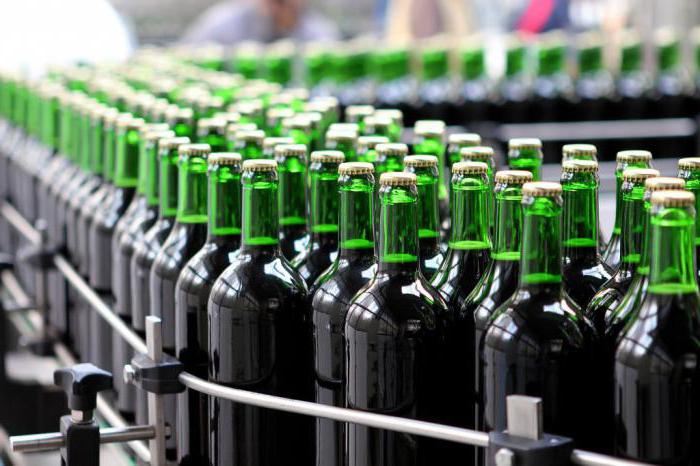
An exception to this system are companies that produce wine and champagne from their grapes. In addition to wine-making organizations, the exception is companies engaged in the purchase of alcohol-containing substances (perfumes, confectionery, pharmaceuticals, etc.).
Stages of implementation of the EGAIS
The introduction of alcohol codes in EGAIS was carried out by the state in 1999. Its purpose was to reduce the mortality rate from alcohol poisoning. And as a result, improving and monitoring the quality of alcohol products on the shelves of Russian stores.
Earlier, only large organizations entered the EGAIS, when only bulk purchases from 2005 to 2007 were subject to reporting. After starting the system, shortcomings and gross errors of the EGAIS software were identified. Especially problems arose in the pharmaceutical and perfumery sectors for the procurement of ethyl alcohol.
And only after many years, by 2015, it was possible to bring the program to working condition. This applies to both wholesale and retail purchases in the segment of alcoholic beverages.
The principle of the automated system
What does this system look like in practice? Let's take a closer look.
Surely every buyer who at least once made a purchase of alcohol could notice a special brand that is affixed to the label or bottle cap. This is the so-called alcohol code in EGAIS.
The manufacturer must label each bottle in this way. This stamp contains all the necessary information about the manufacturer, the alcoholic beverage, the name of the organization that carried out the bulk purchase of the party and the subsequent retail or wholesale contractors. At each stage of the movement of a batch of alcohol, information is entered into the EGAIS system.
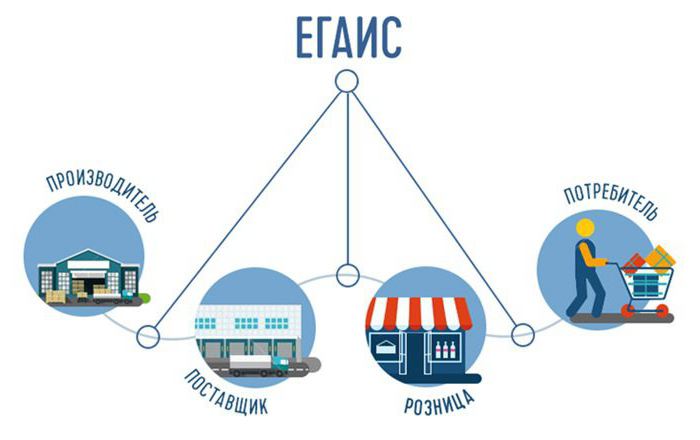
When making a purchase in a retail store, the buyer can see a QR code on the check, by which you can track the entire history of the movement of a particular batch of alcohol.
And on the other hand, at a company selling alcohol products, the cash register must have the technical ability to exchange information in the EGAIS system in an automated mode. Such a system allows you to control the sale of goods from the moment of its release from the manufacturer to the actual sale to the buyer. This serves as a kind of security against fakes and possible falsifications, including from the sale of simple crude alcohol. The latter is a product of the moonshine still (essentially the same ethyl alcohol, but unrefined), which contains many toxic substances. But in the production of cognac, this allows you to save all the taste and aromatic properties of the drink.
We figured out the principle of the state automated system.Now we learn what a classifier is and how a code is assigned to one or another alcohol-containing bottle.
Classifier of types of alcoholic beverages
We already know that each bottle is marked with a special code that the program reads. But a code is not only a QR code, it is accompanied by a numerical value. The following is not a complete list of these codes, but only a part of it. If you wish, you can read the full list.
- Raw alcohol (food raw materials) - 010.
- Synthetic Ethyl Alcohol - 040.
- Absolute ethyl alcohol - 050.
- Other alcohols, with the exception of denatured alcohols (technical, hydrolysis, etc.) - 060.
- Cognac distillate - 110.
- Calvados distillate - 120.
- Wine distillate - 130.
- Drinking ethyl alcohol - 140.
- Vodka - 200.
- Cognac in bottles - 229.
- Brandy - 232.
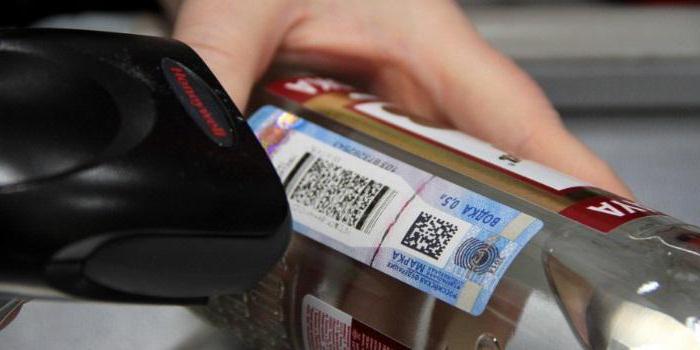
The list is quite extensive, here are the most popular alcoholic drinks. What is noteworthy, there is a separation of the terminology "sparkling wine" and "champagne wine." By analogy - and other drinks. Therefore, to find out what the drink is really in front of you, the code system will help to put everything in its place.
What is important to know with EGAIS
If you have an alcohol-containing bottle with a damaged code mark in front of the buyer, then be aware that such a product cannot be sold, as this is against the law. In this case, it is debited or returned to the supplier.
If the buyer purchases more than 1 bottle, then each subsequent one must also be scanned. Even if you buy a whole box of alcohol. Only in this way can information on alcohol be correctly displayed in the EGAIS system.
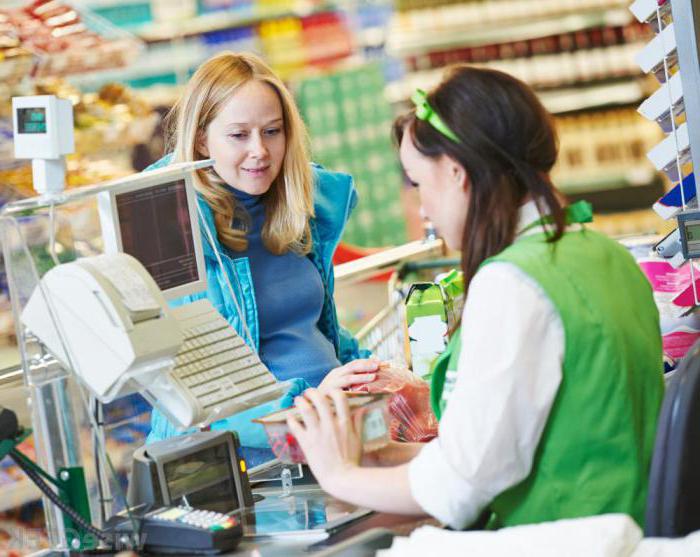
In the event of a malfunction between the cash register and the EGAIS system (technical malfunction or other), alcoholic beverages cannot be sold.
Another important point that may concern chain stores: it is forbidden to move alcoholic beverages from one store to another, even if you have a license to sell alcohol.
What is the difference between cognac, cognac alcohol and distillate
Perhaps, for a simple layman, combining all 3 terms may seem strange. But they all have different meanings, but there are still similarities. What is at stake, we will understand below.
To get a real cognac, pure raw grape spirit, with the addition of oak extract, is required for its production. Each asterisk on the bottle label corresponds to 1 year of aging.
Cognac distillate is obtained in the distillation process in 2 stages. Moreover, it is made only from certain grape varieties. And what kind of grape berries went to get brandy alcohol is not indicated.
Stages of getting brandy
At the 1st stage of distillation, a basic distillate (raw alcohol) is obtained; its strength is from 27 to 32 degrees. Some manufacturers at this stage leave cognac its aromatic and taste properties without filtering it.
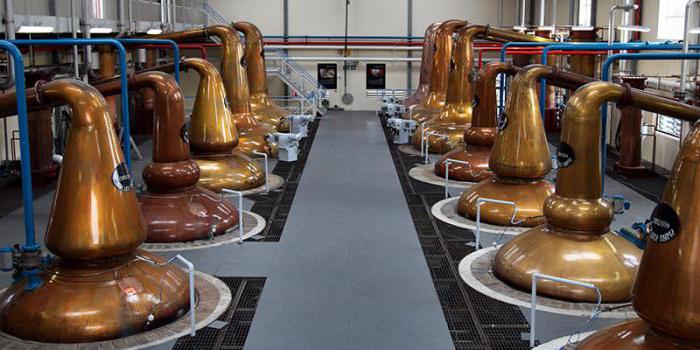
At the 2nd stage, the crude alcohol is subjected to re-distillation to obtain high-quality cognac alcohol. Here the strength of the drink is growing. At this stage, only a professional specialist can correctly separate the first, second and third fraction. It is from this that the future taste and quality of cognac depends. After its maturation in oak barrels, the resulting product becomes cognac.
Finally
Thanks to the developed alcohol codes at EGAIS, it became possible not only to have a complete picture of the movement of goods, but also to know what it is and where it is produced. The reporting of sellers to state bodies allows you to make sure against the sale of counterfeit and counterfeit alcohol products. And thereby save the lives of citizens and protect them from dangerous alcohol.
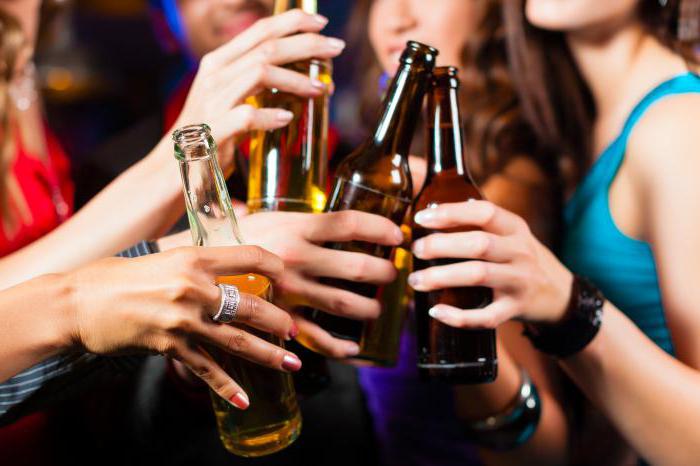
Not only on the shoulders of the EGAIS lies the responsibility for the sale of high-quality alcohol to the population, but each person must be aware of the volume of alcohol consumed.After all, ethyl alcohol contains toxic substances that are harmless in small doses, but extremely dangerous in large volumes. Health is in our hands!